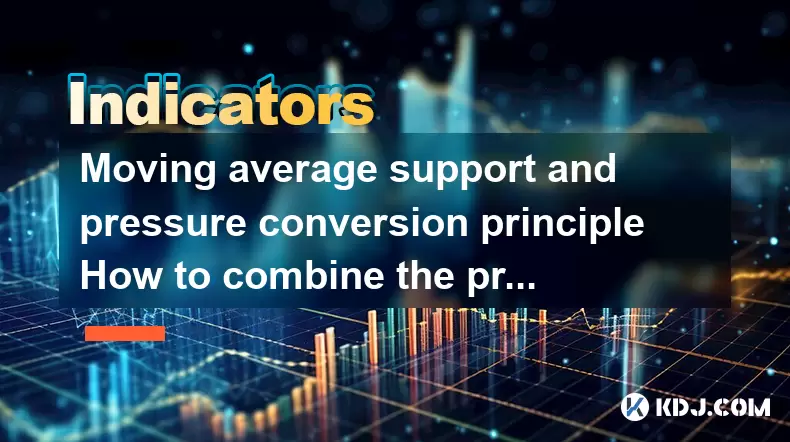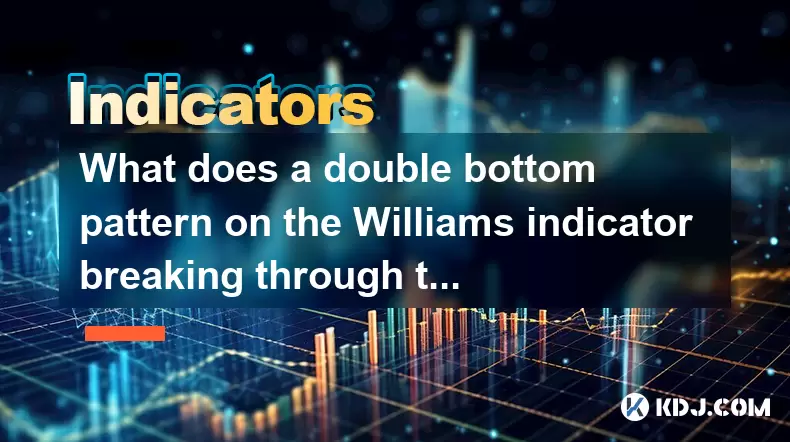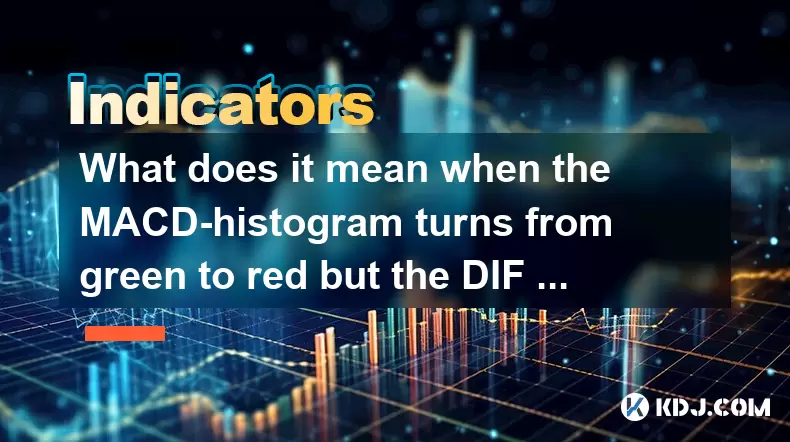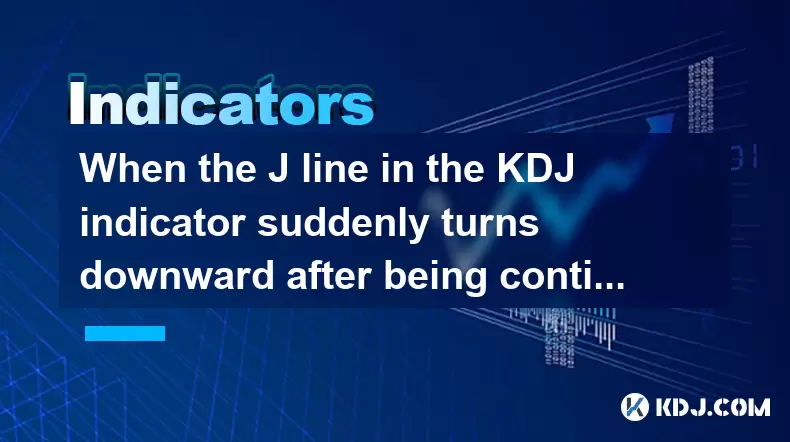-
 Bitcoin
Bitcoin $116400
-0.36% -
 Ethereum
Ethereum $4033
3.40% -
 XRP
XRP $3.302
-1.26% -
 Tether USDt
Tether USDt $1.000
-0.02% -
 BNB
BNB $796.1
1.67% -
 Solana
Solana $177.8
1.89% -
 USDC
USDC $0.9999
0.00% -
 Dogecoin
Dogecoin $0.2314
4.09% -
 TRON
TRON $0.3381
0.14% -
 Cardano
Cardano $0.7989
1.22% -
 Stellar
Stellar $0.4496
-1.84% -
 Chainlink
Chainlink $20.42
9.42% -
 Hyperliquid
Hyperliquid $41.17
0.88% -
 Sui
Sui $3.914
3.77% -
 Bitcoin Cash
Bitcoin Cash $584.7
1.52% -
 Hedera
Hedera $0.2632
-0.54% -
 Avalanche
Avalanche $24.09
3.40% -
 Ethena USDe
Ethena USDe $1.001
-0.02% -
 Litecoin
Litecoin $123.2
1.33% -
 Toncoin
Toncoin $3.318
-0.04% -
 UNUS SED LEO
UNUS SED LEO $8.984
-0.05% -
 Shiba Inu
Shiba Inu $0.00001323
2.85% -
 Uniswap
Uniswap $10.90
4.41% -
 Polkadot
Polkadot $3.999
3.34% -
 Dai
Dai $1.000
0.01% -
 Cronos
Cronos $0.1630
9.64% -
 Bitget Token
Bitget Token $4.484
0.82% -
 Monero
Monero $272.4
2.44% -
 Pepe
Pepe $0.00001173
6.03% -
 Aave
Aave $290.8
2.88%
Moving average support and pressure conversion principle How to combine the previous high and the previous low?
Moving averages help crypto traders identify trends and dynamic support/resistance levels, enhancing strategies when combined with previous highs and lows.
May 21, 2025 at 01:42 pm

Introduction to Moving Averages in Cryptocurrency Trading
In the world of cryptocurrency trading, moving averages play a crucial role in analyzing market trends and making informed decisions. These technical indicators help traders identify potential support and resistance levels, which are pivotal in predicting future price movements. This article delves into the principle of moving average support and resistance conversion and how to effectively combine the previous high and the previous low in your trading strategy.
Understanding Moving Averages
Moving averages are calculated by taking the average price of a cryptocurrency over a specific period. They smooth out price data to create a single flowing line, making it easier to identify the direction of the trend. There are several types of moving averages, but the most commonly used are the Simple Moving Average (SMA) and the Exponential Moving Average (EMA). The SMA gives equal weight to all prices in the period, while the EMA places more weight on recent prices, making it more responsive to new information.
The Principle of Support and Resistance Conversion
Support and resistance levels are key concepts in technical analysis. Support is a price level where a downtrend can be expected to pause due to a concentration of demand. Resistance, on the other hand, is a price level where an uptrend can be expected to pause due to a concentration of supply. The principle of moving average support and resistance conversion suggests that moving averages can act as dynamic support and resistance levels.
When a moving average is below the current price, it can act as a support level. Conversely, when it is above the current price, it can act as a resistance level. The conversion occurs when the price crosses the moving average, turning what was once a resistance into a support, or vice versa. This principle is particularly useful in cryptocurrency markets, where volatility can lead to rapid changes in price direction.
Combining the Previous High and the Previous Low
To enhance your trading strategy, combining the previous high and previous low with moving averages can provide a more comprehensive view of potential support and resistance levels. The previous high refers to the highest price point reached in a specific period, while the previous low is the lowest price point in the same period.
- Identify the previous high and low: Look at the chart for the cryptocurrency you are analyzing and note the highest and lowest prices within the chosen timeframe.
- Plot these levels on your chart: Use technical analysis tools to draw horizontal lines at these levels, which will serve as static support and resistance levels.
- Overlay moving averages: Add the moving averages of your choice to the chart. Common periods include 50-day, 100-day, and 200-day moving averages.
- Analyze the interaction: Observe how the price interacts with both the static levels (previous high and low) and the dynamic levels (moving averages). A price that bounces off a moving average near a previous high or low can indicate a strong support or resistance level.
Practical Application in Cryptocurrency Trading
To apply these principles in real-time trading, consider the following steps:
- Select your cryptocurrency: Choose the cryptocurrency you wish to analyze and trade.
- Determine your timeframe: Decide on the timeframe for your analysis, such as daily, hourly, or minute charts.
- Set up your chart: Use a trading platform that allows you to plot moving averages and draw horizontal lines for the previous high and low.
- Monitor price action: Watch how the price interacts with the moving averages and the static levels. Look for signs of support and resistance conversion.
- Make informed decisions: Based on your analysis, decide whether to buy, sell, or hold your cryptocurrency. For example, if the price breaks above a moving average that was acting as resistance and approaches a previous high, it might be a signal to buy.
Using Moving Averages to Confirm Trends
Moving averages can also help confirm the overall trend of a cryptocurrency. When the price is above the moving average, it suggests an uptrend, while a price below the moving average indicates a downtrend. By combining this trend analysis with the previous high and low, traders can gain a clearer picture of potential entry and exit points.
- Uptrend confirmation: If the price is above a moving average and approaching a previous high, it may be a strong buy signal.
- Downtrend confirmation: If the price is below a moving average and nearing a previous low, it could be a signal to sell or short.
Adjusting Moving Averages for Different Timeframes
Different timeframes can yield different insights into market trends. Short-term moving averages, such as the 20-day SMA, are more sensitive to recent price changes and are useful for short-term trading. Long-term moving averages, like the 200-day SMA, provide a broader view of the market and are more suitable for long-term investors.
- Short-term trading: Use shorter moving averages (e.g., 10-day, 20-day) to capture quick price movements and identify short-term support and resistance levels.
- Long-term investing: Employ longer moving averages (e.g., 100-day, 200-day) to understand the overall trend and identify long-term support and resistance levels.
Conclusion
By understanding the principle of moving average support and resistance conversion and effectively combining the previous high and low, cryptocurrency traders can enhance their technical analysis and make more informed trading decisions. This approach provides a dynamic framework for identifying potential entry and exit points, helping traders navigate the volatile cryptocurrency markets with greater confidence.
Frequently Asked Questions
Q: How do moving averages help in identifying trends in cryptocurrency markets?
A: Moving averages smooth out price data to create a single flowing line, making it easier to identify the direction of the trend. When the price is above the moving average, it suggests an uptrend, and when it's below, it indicates a downtrend. This helps traders confirm the overall trend and make more informed decisions.
Q: Can moving averages be used for all types of cryptocurrencies?
A: Yes, moving averages can be applied to any cryptocurrency. However, the effectiveness may vary depending on the volatility and trading volume of the specific cryptocurrency. Highly volatile cryptocurrencies may require shorter moving averages to capture rapid price changes, while more stable cryptocurrencies might benefit from longer moving averages.
Q: What is the significance of the 200-day moving average in cryptocurrency trading?
A: The 200-day moving average is widely used as a long-term indicator in cryptocurrency trading. It helps traders identify the overall trend and potential long-term support and resistance levels. A price above the 200-day moving average is generally considered bullish, while a price below it is seen as bearish.
Q: How can traders use multiple moving averages to improve their strategy?
A: Traders can use multiple moving averages to gain a more comprehensive view of the market. For example, combining a short-term moving average (e.g., 20-day) with a long-term moving average (e.g., 200-day) can help identify both short-term and long-term trends. When the short-term moving average crosses above the long-term moving average, it can signal a potential uptrend, and vice versa for a downtrend.
Disclaimer:info@kdj.com
The information provided is not trading advice. kdj.com does not assume any responsibility for any investments made based on the information provided in this article. Cryptocurrencies are highly volatile and it is highly recommended that you invest with caution after thorough research!
If you believe that the content used on this website infringes your copyright, please contact us immediately (info@kdj.com) and we will delete it promptly.
- Moat Stocks & Mega-Cap Momentum: July's Standout Performance
- 2025-08-09 12:30:12
- Injective (INJ) Eyes $15.39 Breakout Amidst Explosive Network Growth
- 2025-08-09 12:30:12
- HAT Token Mania: Price Surges, Crypto Auctions, and Meme Coin Mayhem
- 2025-08-09 11:10:11
- Undervalued Cryptos Primed for a 2025 Takeoff: MAGACOIN, TRX, and SUI Lead the Pack
- 2025-08-09 11:10:11
- Bitcoin Goes to Harvard: Ivy League Embraces Digital Assets
- 2025-08-09 10:50:12
- Bitcoin, BlockDAG, and Toncoin: Decoding the Crypto Buzz in NYC
- 2025-08-09 11:30:11
Related knowledge

What does it mean when the Triple Moving Average (TRIX) turns downward but the price doesn't fall?
Aug 09,2025 at 12:42pm
Understanding the Triple Moving Average (TRIX) IndicatorThe Triple Moving Average, commonly known as TRIX, is a momentum oscillator designed to filter...

What does it mean when the Williams' oscillator repeatedly hits bottoms but fails to rebound?
Aug 09,2025 at 09:28am
Understanding the Williams %R OscillatorThe Williams %R oscillator, developed by Larry Williams, is a momentum indicator used in technical analysis to...

What does a double bottom pattern on the Williams indicator breaking through the 50-day midline indicate?
Aug 09,2025 at 10:56am
Understanding the Williams %R IndicatorThe Williams %R indicator, developed by Larry Williams, is a momentum oscillator that measures overbought and o...

What does it mean when the MACD-histogram turns from green to red but the DIF line fails to form a golden cross?
Aug 09,2025 at 10:15am
Understanding the MACD and Its ComponentsThe MACD (Moving Average Convergence Divergence) is a widely used technical analysis tool in the cryptocurren...

When the J line in the KDJ indicator suddenly turns downward after being continuously overbought, does it indicate a top?
Aug 09,2025 at 06:35am
Understanding the KDJ Indicator and Its ComponentsThe KDJ indicator is a momentum oscillator widely used in cryptocurrency technical analysis to ident...

What does it mean when the TRIX indicator suddenly diverges downward after a long period of convergence?
Aug 09,2025 at 12:56am
Understanding the TRIX Indicator in Cryptocurrency TradingThe TRIX indicator, or Triple Exponential Average, is a momentum oscillator used in technica...

What does it mean when the Triple Moving Average (TRIX) turns downward but the price doesn't fall?
Aug 09,2025 at 12:42pm
Understanding the Triple Moving Average (TRIX) IndicatorThe Triple Moving Average, commonly known as TRIX, is a momentum oscillator designed to filter...

What does it mean when the Williams' oscillator repeatedly hits bottoms but fails to rebound?
Aug 09,2025 at 09:28am
Understanding the Williams %R OscillatorThe Williams %R oscillator, developed by Larry Williams, is a momentum indicator used in technical analysis to...

What does a double bottom pattern on the Williams indicator breaking through the 50-day midline indicate?
Aug 09,2025 at 10:56am
Understanding the Williams %R IndicatorThe Williams %R indicator, developed by Larry Williams, is a momentum oscillator that measures overbought and o...

What does it mean when the MACD-histogram turns from green to red but the DIF line fails to form a golden cross?
Aug 09,2025 at 10:15am
Understanding the MACD and Its ComponentsThe MACD (Moving Average Convergence Divergence) is a widely used technical analysis tool in the cryptocurren...

When the J line in the KDJ indicator suddenly turns downward after being continuously overbought, does it indicate a top?
Aug 09,2025 at 06:35am
Understanding the KDJ Indicator and Its ComponentsThe KDJ indicator is a momentum oscillator widely used in cryptocurrency technical analysis to ident...

What does it mean when the TRIX indicator suddenly diverges downward after a long period of convergence?
Aug 09,2025 at 12:56am
Understanding the TRIX Indicator in Cryptocurrency TradingThe TRIX indicator, or Triple Exponential Average, is a momentum oscillator used in technica...
See all articles

























































































